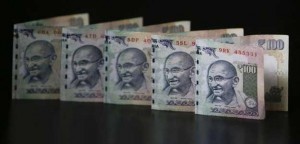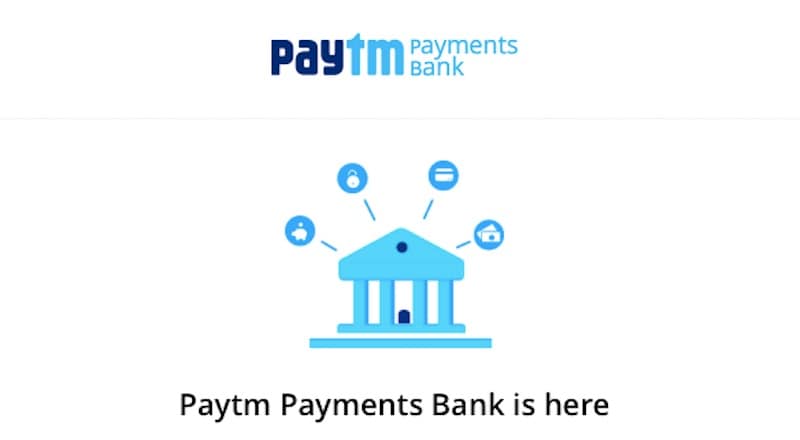 The Reserve Bank of India (RBI) has said that all currency notes issued prior to 2005 would be withdrawn from March 21, 2014. From April 1, 2014, the public will be required to approach banks for exchanging these notes.
The Reserve Bank of India (RBI) has said that all currency notes issued prior to 2005 would be withdrawn from March 21, 2014. From April 1, 2014, the public will be required to approach banks for exchanging these notes.
How to identify notes issued before 2005: You can easily distinguish the currency notes issued before 2005 as these currencies do not have the year of printing on reverse side. The year of printing is visible at the middle of the bottom row in notes issued after 2005.
Will pre-2005 notes have no monetary value after 31 March? The Reserve Bank has clarified that the notes issued before 2005 will continue to be legal tender. This means currency would hold monetary value but would be only acceptable at banks where the public can exchange the notes. In other words, the pre-2005 notes would be acceptable only at banks.
How to exchange pre-2005 notes: Old notes will continue to be legal and can be exchanged in any bank after April 1. However, from July 1, 2014, persons seeking exchange of more than 10 pieces of Rs. 500 and Rs. 1,000 notes will have to furnish proof of identity and residence to the bank. If you are an account holder of the bank, these proofs are not needed.
Why the RBI is withdrawing notes issued before 2005: Reserve Bank of India (RBI) Governor Raghuram Rajan said the notes issued after 2005 have greater security features, following which the Finance Ministry sought withdrawal of the pre-2005 notes.
What the BJP is opposing the move: The opposition party called the RBI’s move “anti-poor”. “People with small savings and no bank accounts will be targeted. The present scheme does nothing to remove black money from circulation,” BJP spokesperson Meenakshi Lekhi said. (With agency inputs)
Source-NDTV





